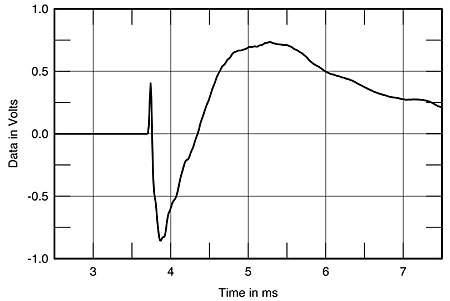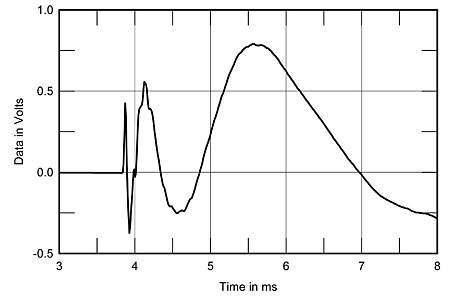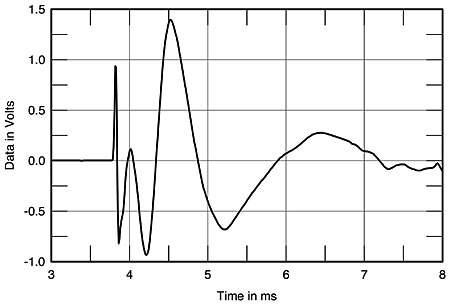Here are three different Step Response Graphs found on Stereophile. Let's hear how you understand what they mean. Does one show better performance than the other, etc, why? What does the graph show in reality?
Peak Consulting El Diablo Speaker $65,000.00

Pioneer S-1EX Speaker $9,000.00

WaveForm Mach 17 Speaker $12,000.00

Rocket_in step_Ronny